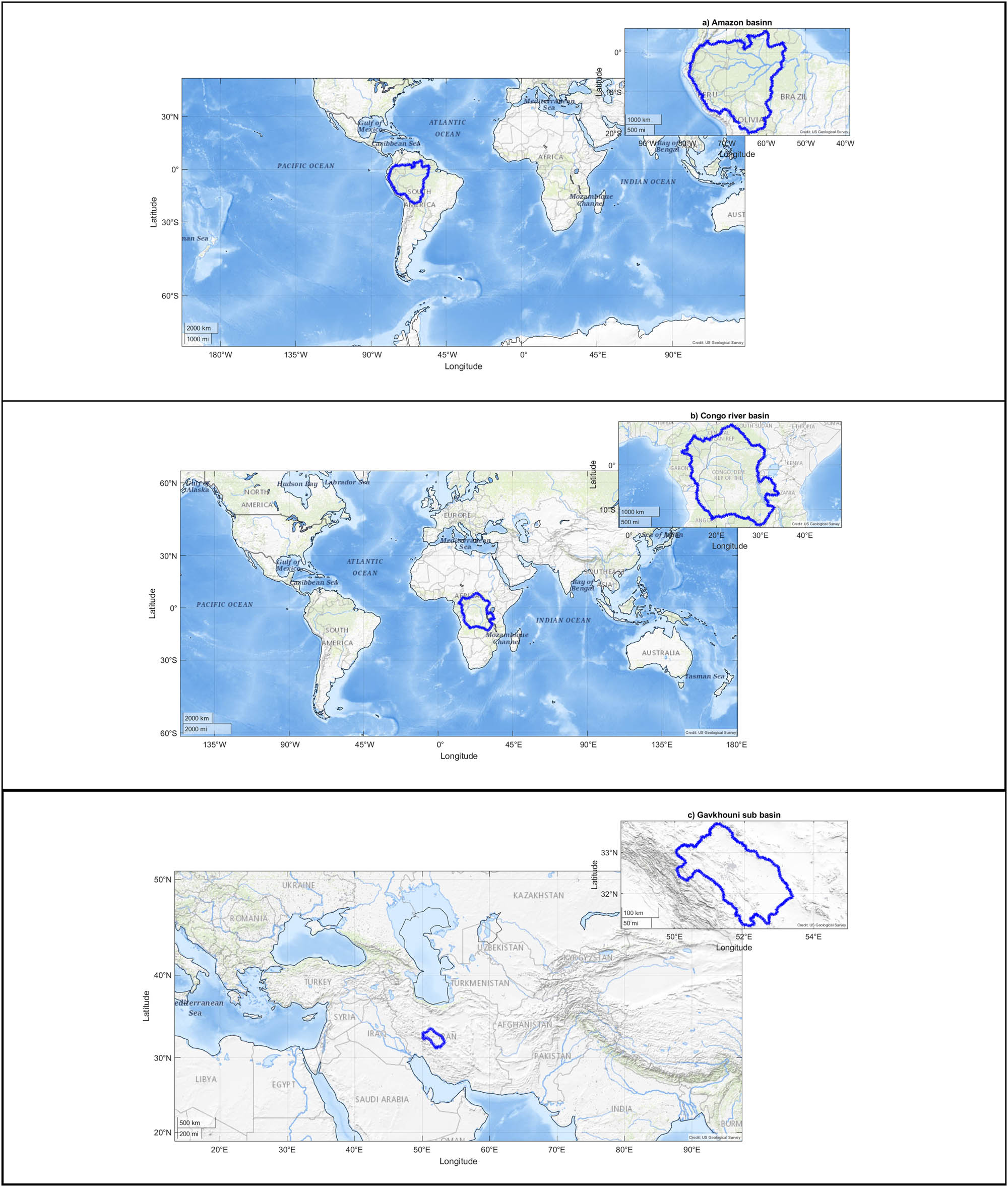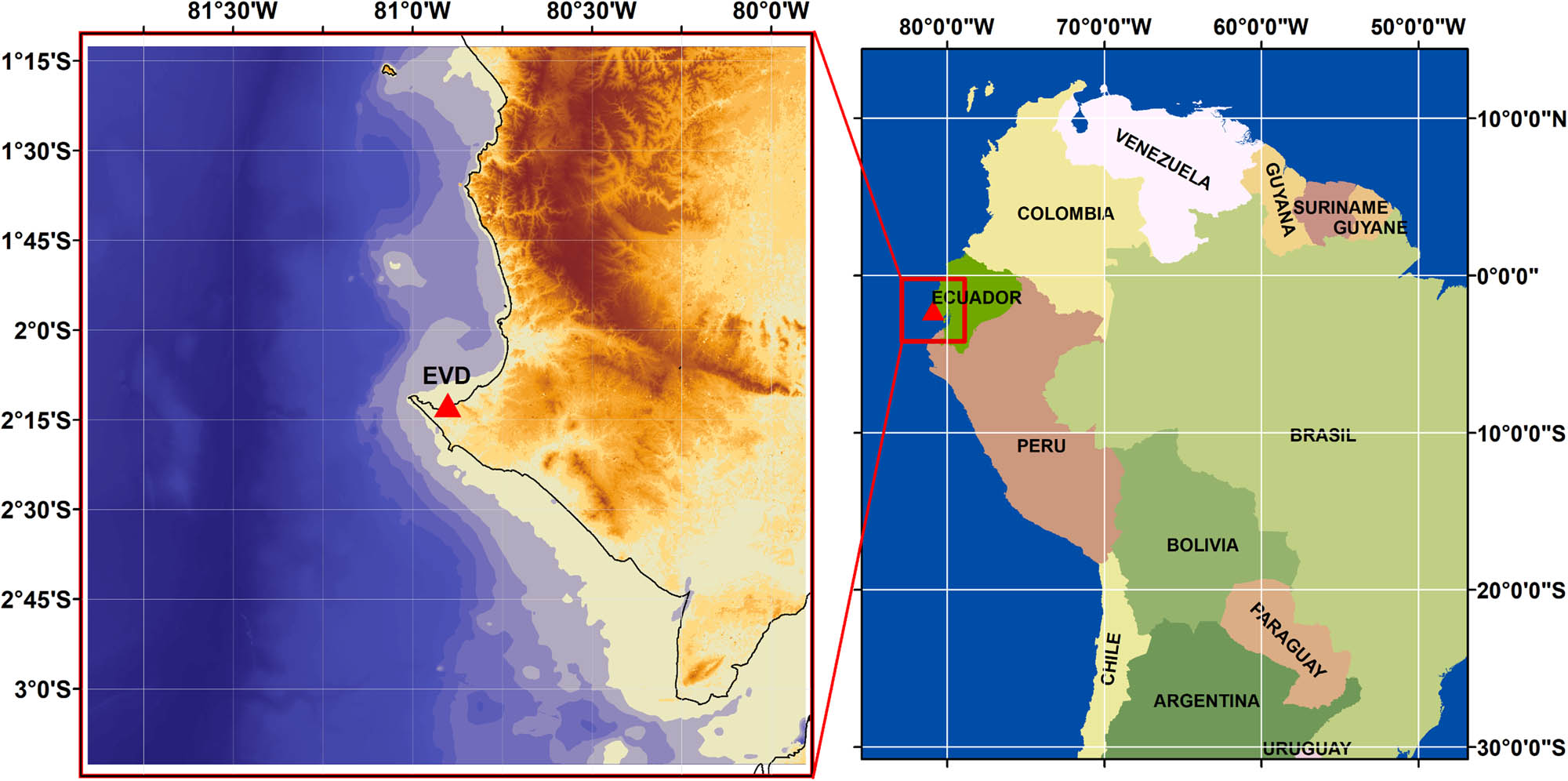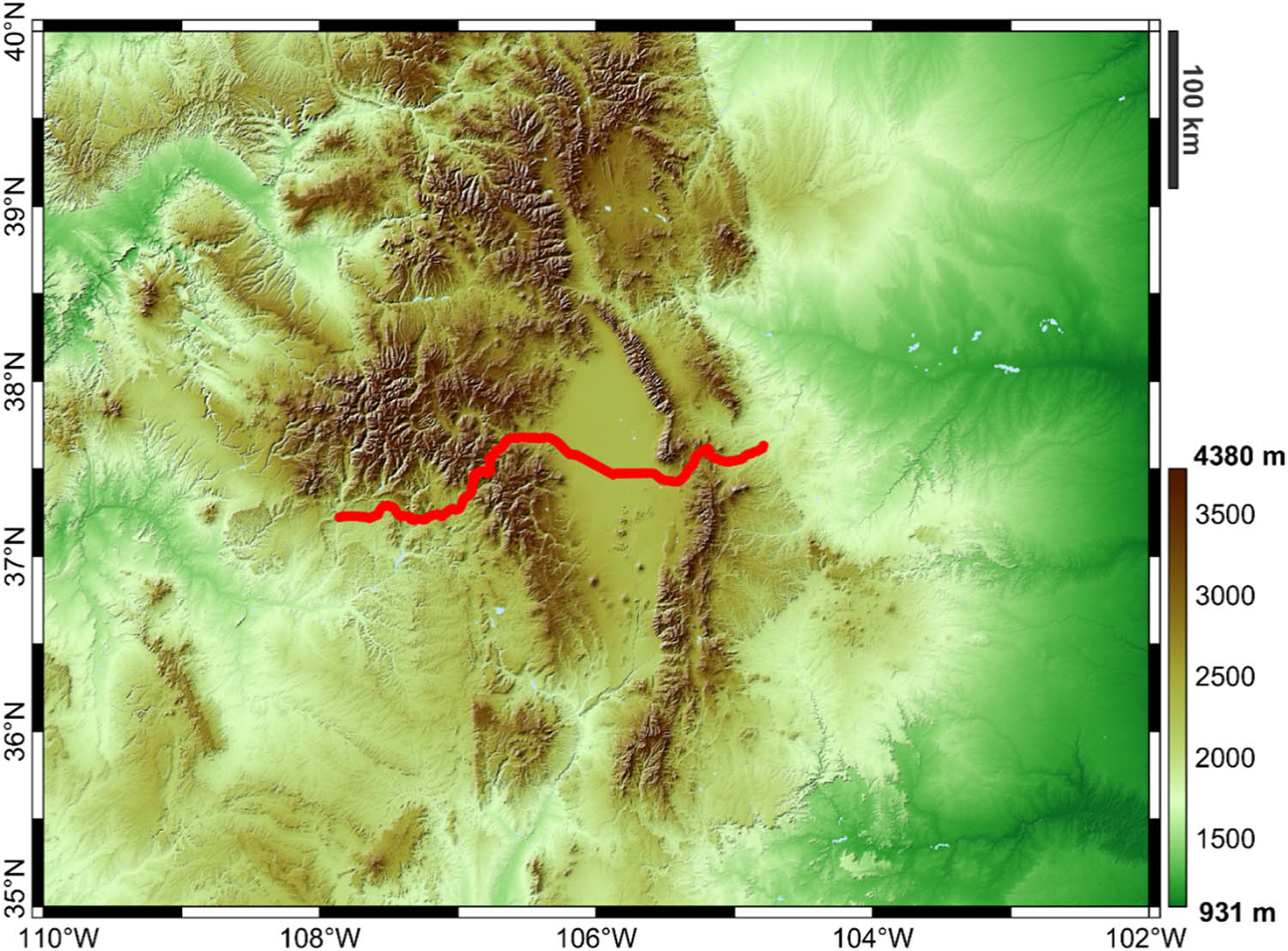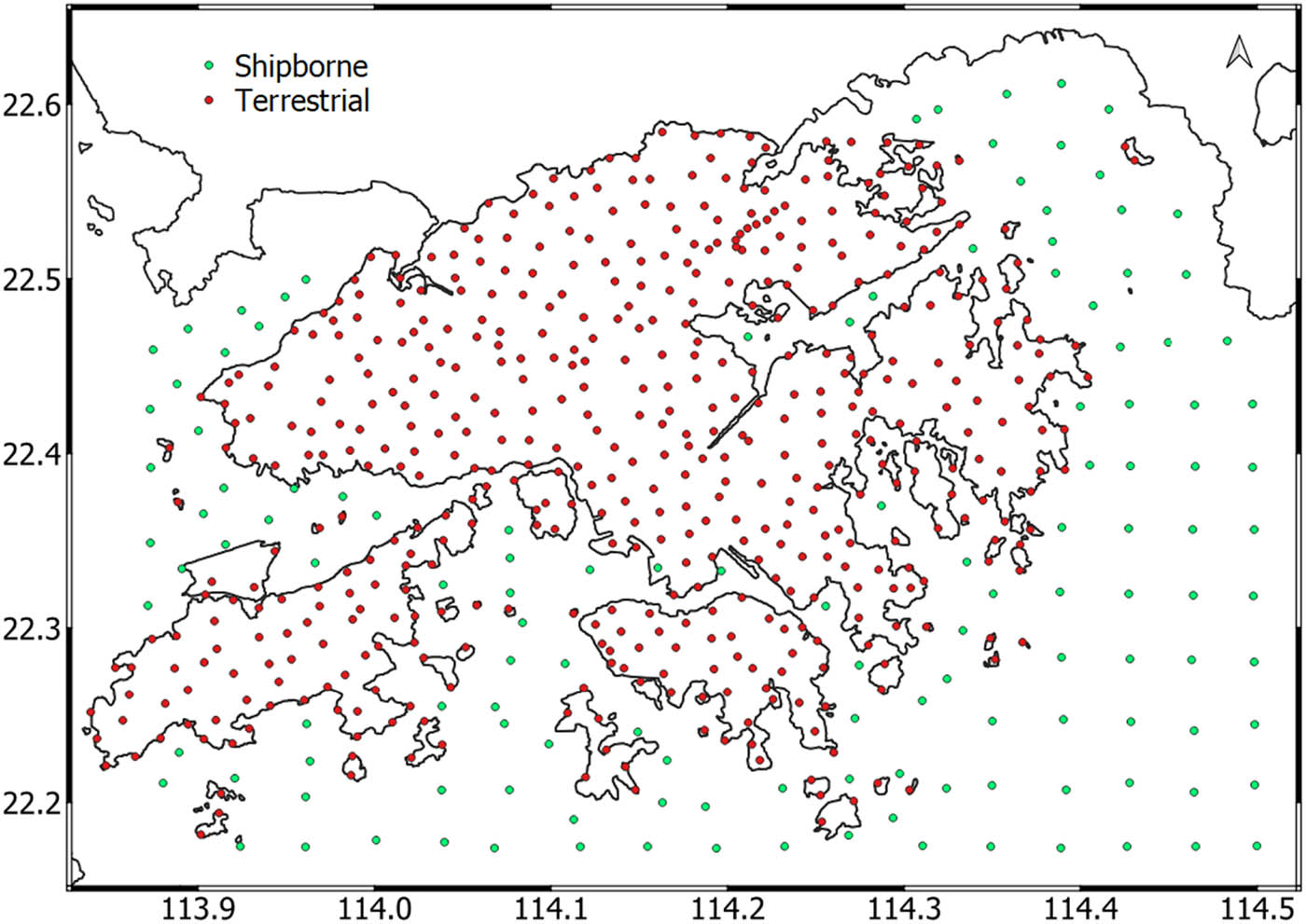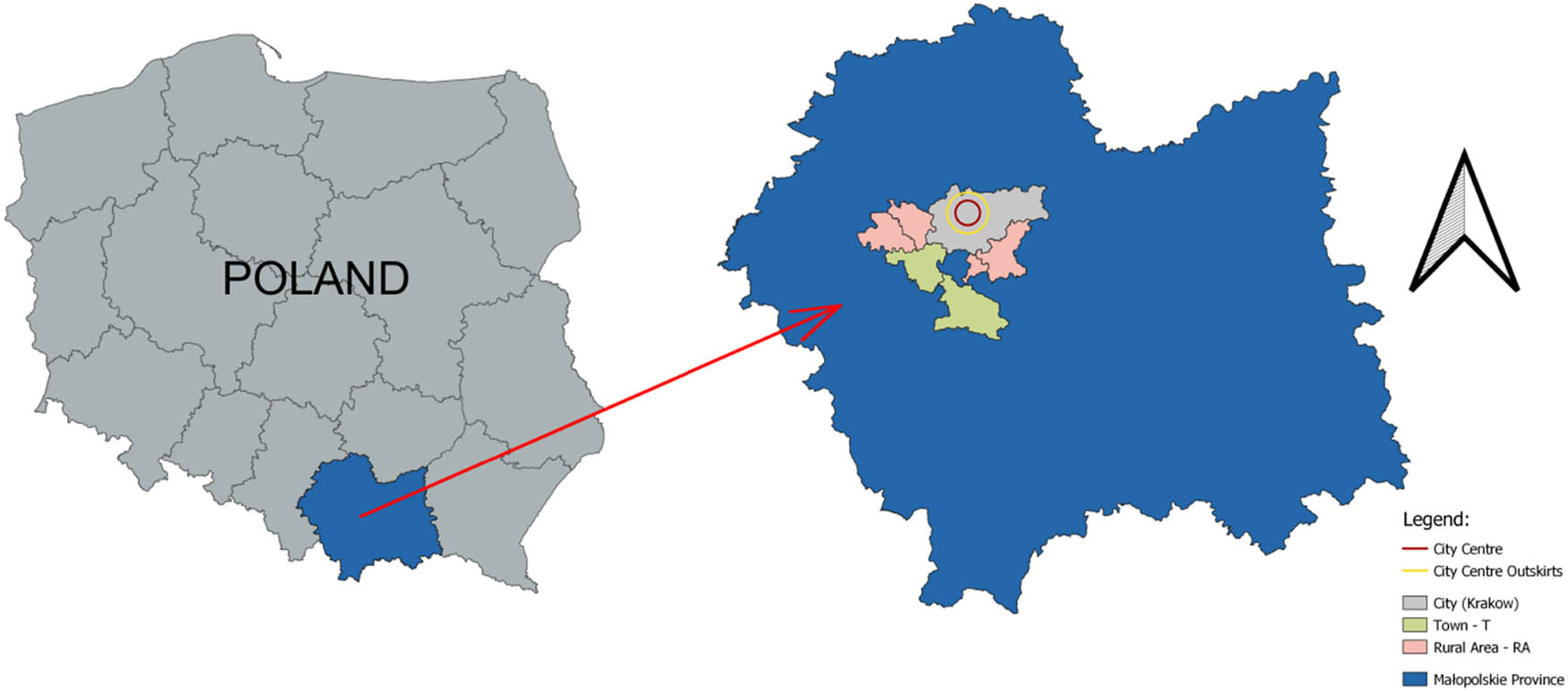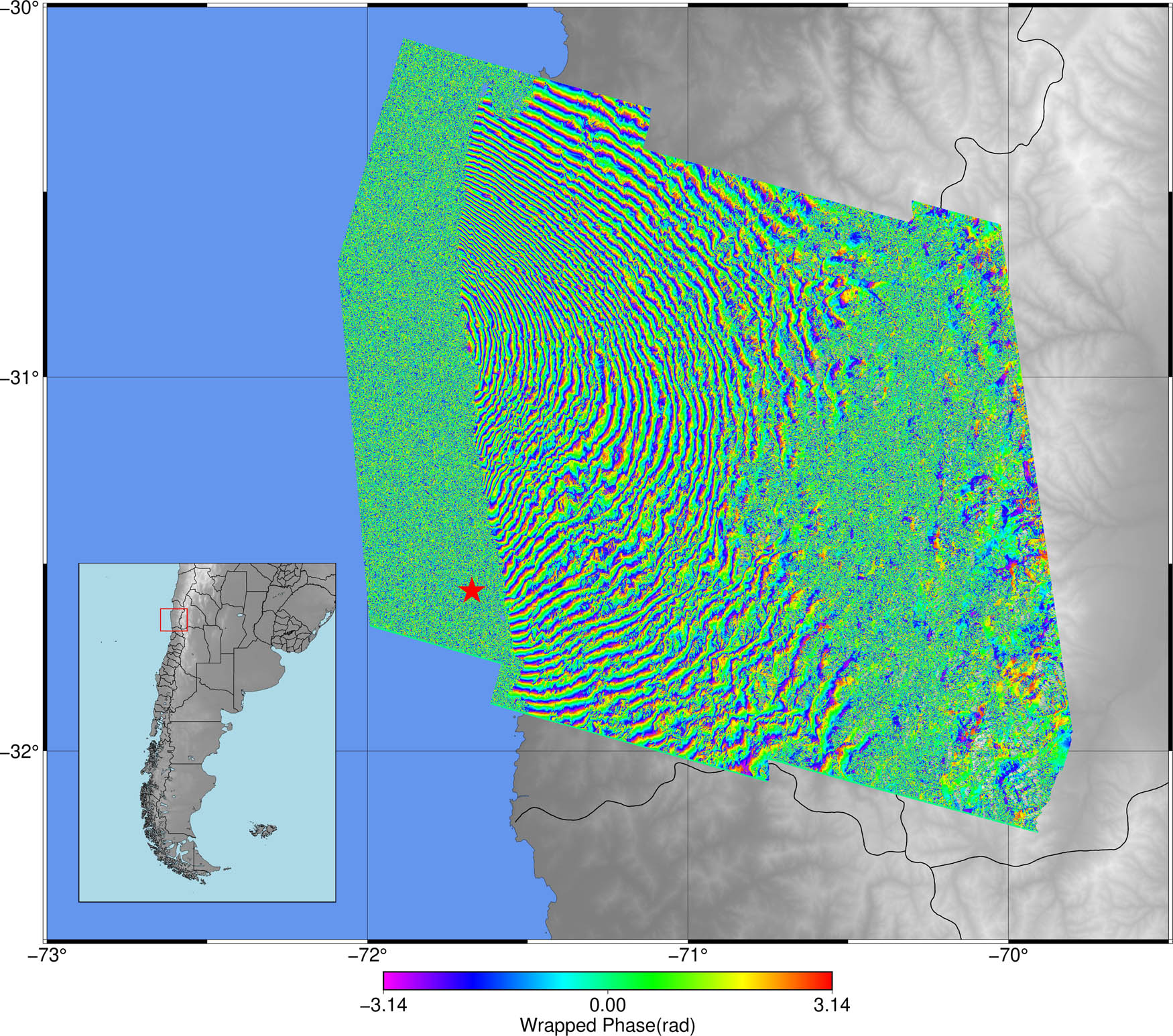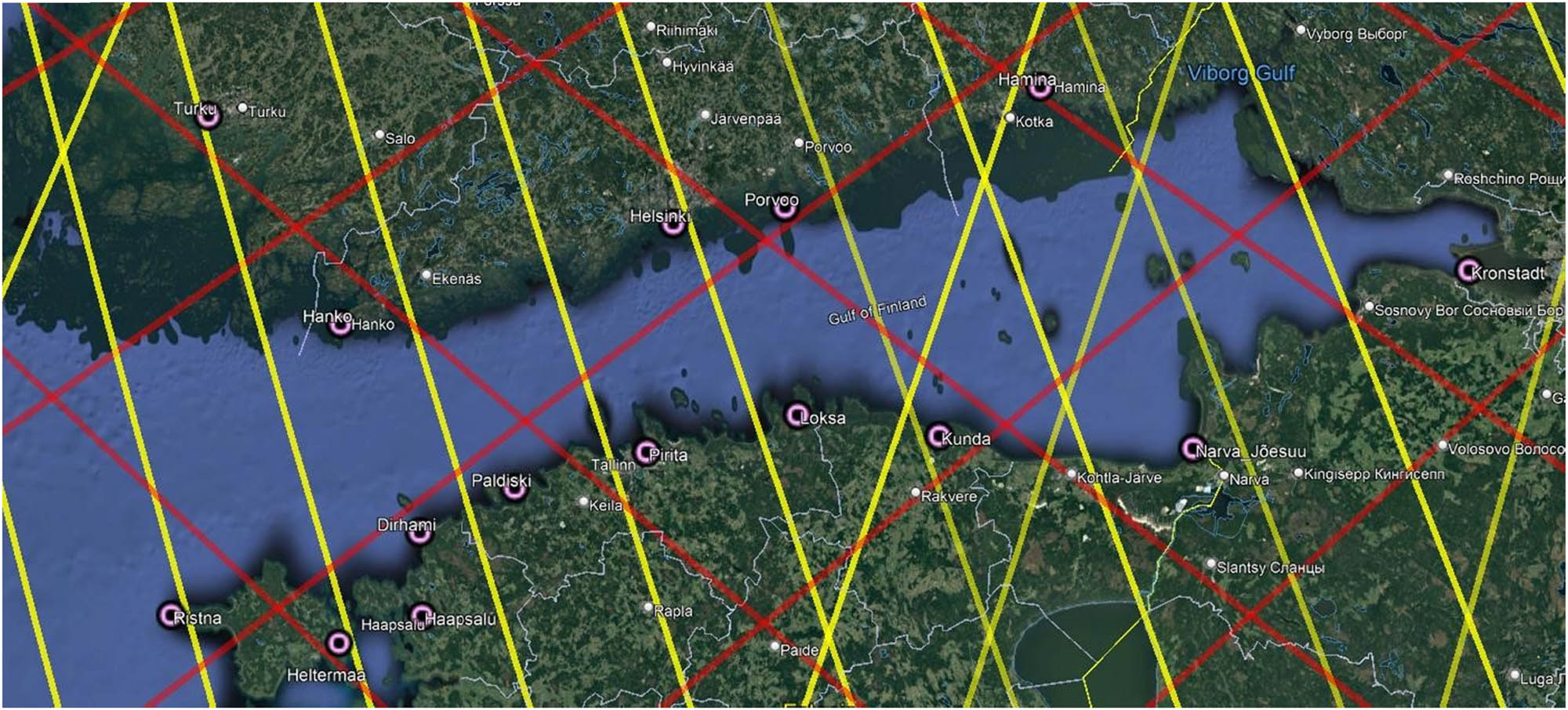Despite being in use for more than 150 years, the error accumulation in precise levelling has not yet been completely clarified. It is believed that the error accumulation in this method is proportional to the square root of the levelling length. The first goal of this article is to demonstrate that this belief is not always scientifically proven. The second aim is to show that it is likely that a better adjustment decision will be missed if inverse distance weighting with a power parameter equal to one is automatically applied. Using linear regression analysis the measuring data of the Second Levelling of Finland is analysed. An inadequacy of the relationship between the absolute values of the differences between both measurements of the elevations in the levelling lines and their length is shown, which is due to heteroscedasticity. In order to obtain a homoscedastic model, the other two models are constructed. Based on the regression analysis results, the network is adjusted using three types of weights. The adjustment with traditional weights has produced significantly greater mean errors of the nodal benchmarks than both variants based on weights, which are functions of the absolute values of the line elevations.
Contents
- Research Articles
-
March 14, 2023
-
April 10, 2023
-
Open AccessGlobal Geopotential Models assessment in Ecuador based on geoid heights and geopotential valuesDecember 31, 2023
- Review Articles
- Book Review
-
April 10, 2023
- Special Issue: 2021 SIRGAS Symposium (Guest Editors: Dr. Maria Virginia Mackern) - Part II
-
April 19, 2023
- Special Issue: Nordic Geodetic Commission – NKG 2022 - Part I
-
July 3, 2023
-
Open AccessExamining the performance of along-track multi-mission satellite altimetry – A case study for Sentinel-6December 31, 2023
-
Open AccessGeodetic advances in Estonia 2018–2022December 31, 2023



